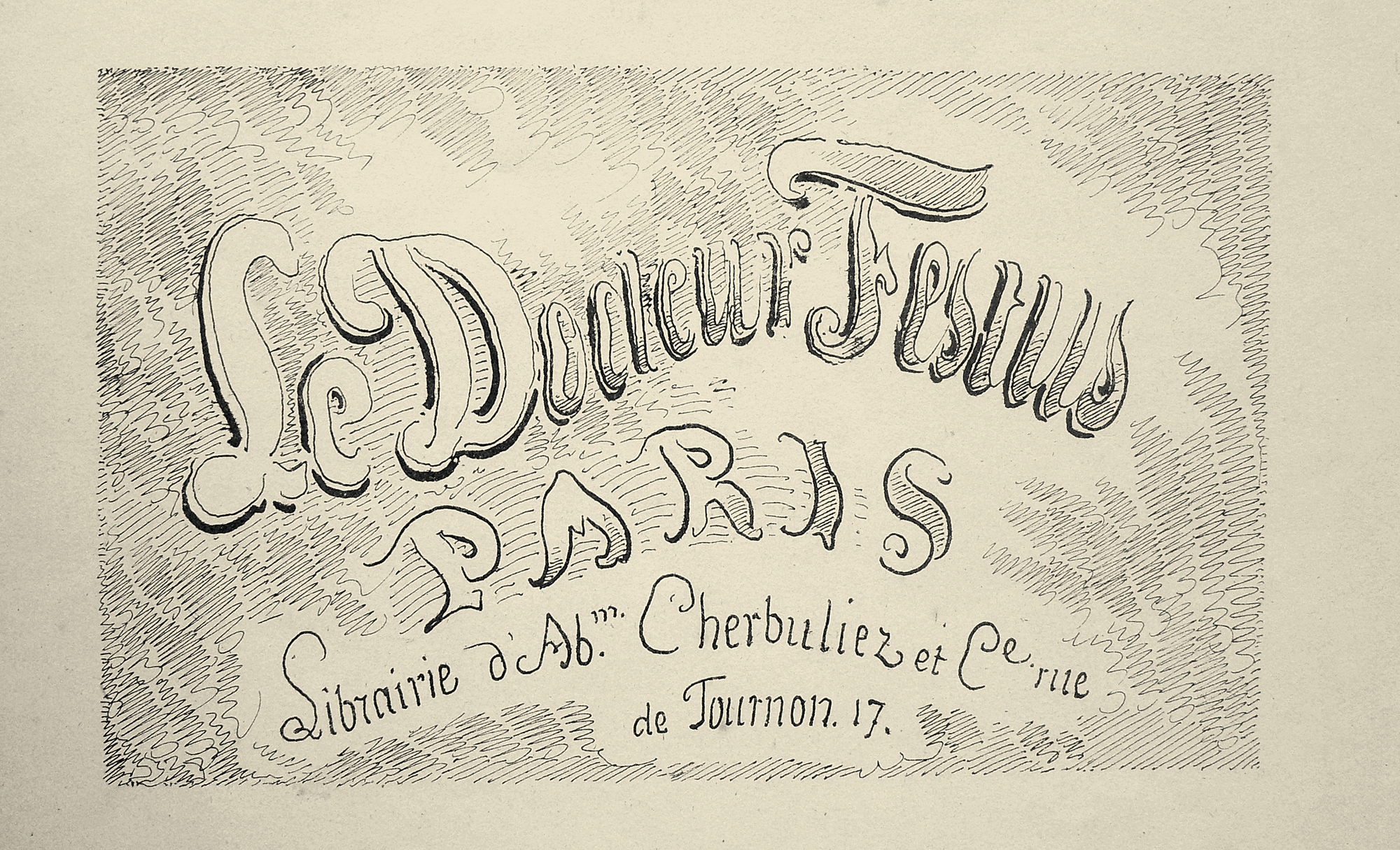Considered the inventor of the comic strip, Rodolphe Töpffer is born in Geneva in 1799. Although the son of the painter and satirical caricaturist Wolfgang Adam Töpffer (1766 -1847), Rodolphe does not take up painting like his father. He becomes a passionate admirer of Rousseau’s work very early on, sets off for Paris to study literature and notably writes Voyages en zigzag (Zigzag Travels), a collection of tales about his walking tours in Switzerland. Back in Geneva he founds in 1825 a boarding school on the bastions of the old town.
The author of two novels, he owes his fame above all to his illustrated comic albums, the forerunners of today’s comic strip collections and graphic novels. In the course of seventeen years he will compose seven stories in images, Histoire de Monsieur Vieux-Bois (1827), Le Docteur Festus (1829), Monsieur Cryptogame (1830), Monsieur Jabot (1831), Monsieur Pencil (1831), Monsieur Crépin (1837), and Histoire de Jacques (1844). Holding the chair in Rhetoric and General Belles-Lettres at the Academy of Geneva beginning in 1832, Töpffer finally begins to publish his illustrated tales once he has overcome his fear of compromising his post as director of the boarding school.
As the first theoretician of what will become the art of the comic and graphic novel, he writes in his preface to Histoire de Monsieur Jabot, “The drawings without the text would only have an obscure meaning; the text without the drawings would mean nothing”. Rodolphe Töpffer practiced the art of drawing as if it were writing, not troubling himself with meticulous line renderings or deep gradations of shading. Bucking the approach of contemporary illustrators like Honoré Daumier, Töpffer set line free thanks to “a comical and daring pencil”, as he put it. “Line… responds so well to our intuitive manner of observing that it is the one of the three [colour, line, relief] that says the clearest things to our intelligence.” Töpffer managed to harness comic strips’ essential characteristics like the expressiveness of faces, the primordial role of characters, and graphic division.
The author of two novels, he owes his fame above all to his illustrated comic albums, the forerunners of today’s comic strip collections and graphic novels. In the course of seventeen years he will compose seven stories in images, Histoire de Monsieur Vieux-Bois (1827), Le Docteur Festus (1829), Monsieur Cryptogame (1830), Monsieur Jabot (1831), Monsieur Pencil (1831), Monsieur Crépin (1837), and Histoire de Jacques (1844). Holding the chair in Rhetoric and General Belles-Lettres at the Academy of Geneva beginning in 1832, Töpffer finally begins to publish his illustrated tales once he has overcome his fear of compromising his post as director of the boarding school.
As the first theoretician of what will become the art of the comic and graphic novel, he writes in his preface to Histoire de Monsieur Jabot, “The drawings without the text would only have an obscure meaning; the text without the drawings would mean nothing”. Rodolphe Töpffer practiced the art of drawing as if it were writing, not troubling himself with meticulous line renderings or deep gradations of shading. Bucking the approach of contemporary illustrators like Honoré Daumier, Töpffer set line free thanks to “a comical and daring pencil”, as he put it. “Line… responds so well to our intuitive manner of observing that it is the one of the three [colour, line, relief] that says the clearest things to our intelligence.” Töpffer managed to harness comic strips’ essential characteristics like the expressiveness of faces, the primordial role of characters, and graphic division.




















